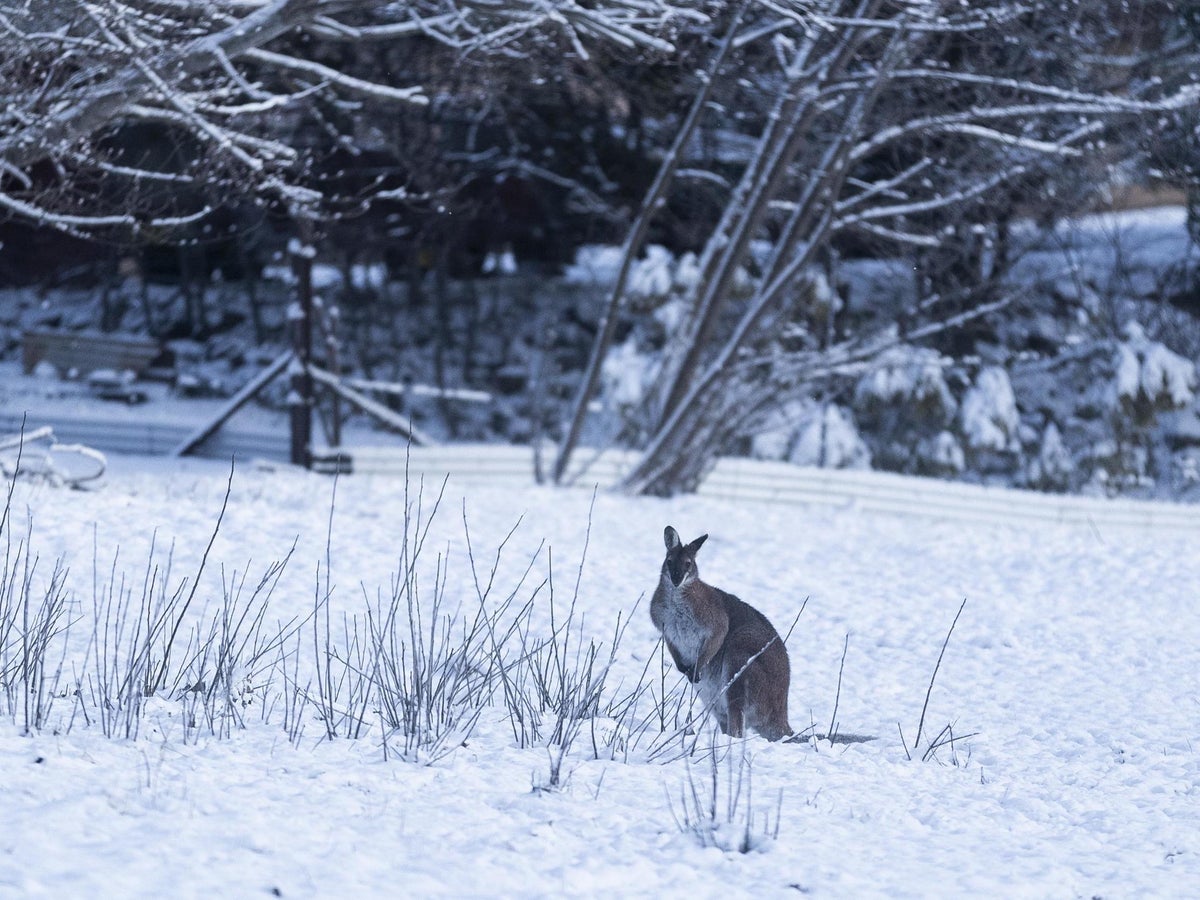Discover What Activities You Can Experience When Visiting Snow In Australia
Wiki Article
Discover the Interesting Effects of Snow in Australia on Local Ecosystems
Despite its reputation for sun-soaked landscapes, Australia additionally flaunts regions blanketed by snow-- a sensation that greatly influences the nation's unique ecosystems. The insulating properties of snowflakes secure vegetation and fauna amidst the chilliest wintertimes, while the melting snow nurtures rivers and aquatic life. However, the real marvel lies in exactly how these wintry problems form the country's biodiversity and nutrient cycles. As we untangle this elaborate partnership, we discover ourselves treading on untouched grounds in Australia's high country.The Unanticipated Areas of Snowfall in Australia
Although Australia is typically connected with sun-scorched landscapes and sandy beaches, certain regions surprisingly experience snowfall. The high nation regions of New South Wales, Victoria, and Tasmania are especially understood for their winter season snow. The Snowy Mountains in NSW, for example, get bountiful seasonal snow, offering a stark contrast to the nation's normal warm, dry climate. At the same time, the Victorian Alps and parts of Tasmania likewise see yearly snowfalls, transforming the landscape into a winter wonderland. These areas are not simply anomalies yet integral parts of Australia's varied climate system. The visibility of snow in these regions significantly influences regional environments, subsequently affecting the nation's special biodiversity. The particular impact on Australia's unique flora will certainly be talked about in the next area.
How Snow Impacts Australia's One-of-a-kind Vegetation
While it may seem uncommon, snowfall in Australia plays an important function fit the country's unique plants. The snow-filled winter seasons foster durability in Australian plant varieties. This is specifically noticeable in the towering and sub-alpine areas, where snow gums and mountain plum-pines grow. These plants have actually developed to endure in extreme conditions, with snow offering as a protective blanket from freezing temperature levels and rough winds. The snow also adds to the wetness content of the soil, offering necessary hydration for plant life throughout the dry summer season. Fundamentally, the snow influences the timing of blooming and seed dispersal, the growth prices, and the survival of numerous plant species, showcasing the elaborate interaction between environment and vegetation in Australia.
The Adjustments of Australian Fauna to Snowfall
Equally as Australia's vegetation has adapted to the wintery problems, the neighborhood fauna as well, display remarkable adjustments to the snowfall. Types like the Mountain Pygmy-possum, the only Australian marsupial known to hibernate, have actually progressed strategies to survive in snowy atmospheres. It uses the snow as insulation, hibernating in rock crevices under the snow to remain warm. In a similar way, the Snow Skink, a types of reptile, alters its colour to white throughout winter, providing camouflage versus killers. Birds such as the Snowy Mountains' Crimson Rosella also change their diets to take in offered food resources during chillier periods. Thus, in spite of the harsh problems, Australian fauna shows a flexible and resistant nature, guaranteeing their survival in regions experiencing snowfall.The Function of Snow fit Local Environments
Fit the neighborhood ecosystems, the role of snow in Australia is both multilayered and extensive. It affects the circulation of vegetation and animals, greatly defining the biodiversity of sub-alpine and towering areas. Snow provides a critical water source, feeding rivers and reservoirs as it thaws, hence supporting a range of marine life types. Furthermore, snow functions as an insulator, shielding ground-dwelling organisms from severe cold. In a similar way, it plays a significant duty in dirt development and nutrient cycling. The periodic cold and thawing of dirt caused by snowfall cultivates the malfunction of why not check here rocks, improving soil fertility. The presence of snow shapes the vegetation patterns, animal habits, and general sustainability of Australia's one-of-a-kind ecological communities.
The Future of Snowfall in Australia: Effects and predictions

Given the critical function snow plays in forming regional communities, the future of snowfall in Australia is attracting increasing focus from researchers and environmentalists. Much less snow might result in reduced water accessibility in towering regions, detrimentally impacting wild animals environments and plant life. The tourist market, greatly reliant on the winter months snow season, might additionally encounter significant difficulties.
Conclusion
The role of snow in Australia's ecosystems is essential yet typically forgotten. It works as a protector, a nurturer, and a shaper of diverse alpine species, adding to the splendor of Australia's high country. As climatic patterns continue to move, recognizing the ramifications and possible transformations of these snow-influenced ecological communities is a fantastic read crucial. Thus, the snow in Australia is greater than an all-natural phenomenon; it's a vital gamer in the nation's ecological narrative.In spite of its online reputation for sun-soaked landscapes, Australia also boasts areas buried by snow-- a sensation that greatly additional hints influences the nation's distinct ecological communities. It makes use of the snow as insulation, hibernating in rock holes below the snow to stay warm - Snow In Australia.In forming the local ecosystems, the duty of snow in Australia is both extensive and multilayered. The visibility of snow shapes the vegetation patterns, animal actions, and general sustainability of Australia's unique ecosystems
Given the crucial role snow plays in shaping regional communities, the future of snowfall in Australia is attracting raising attention from conservationists and scientists.
Report this wiki page